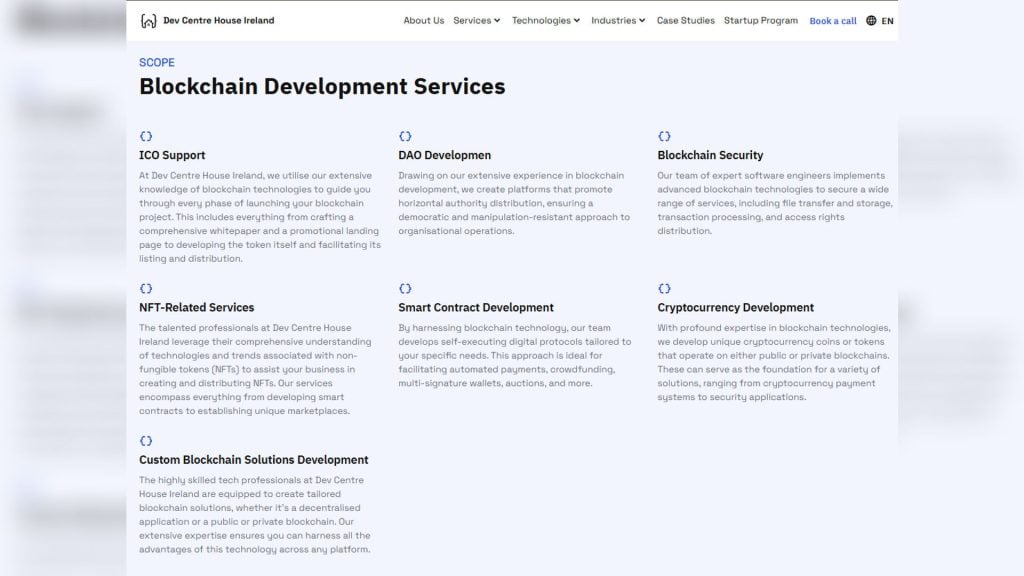Alright, so you know how we have all these different blockchains, right? Well, they don’t really talk to each other. That’s a problem, because we need them to share stuff! Interoperability is about making that happen letting them trade assets and data. Let’s look at six ways people are trying to make this work.
1. Atomic Swaps
These let you trade cryptocurrencies directly between different blockchains without needing someone in the middle. Here’s how it works: they use something called Hash Time-Locked Contracts (HTLCs) to make sure everyone does their part, and if someone doesn’t finish the trade, they get their money back. The benefits are pretty cool: you don’t need exchanges, it’s safer and more transparent, and it’s cheaper.
Beyond simple trades, atomic swaps are paving the way for decentralized cross-chain lending and borrowing platforms, where users can leverage assets from different chains without relying on centralized entities.
2. Cross-Chain Bridges
These are like roads between blockchains, letting you move assets and data. For example, the Polygon Bridge moves stuff between Ethereum and Polygon, and the Binance Smart Chain Bridge connects BSC and Ethereum. This expands the utility of digital assets, enables seamless token transfers, and enhances blockchain connectivity. However, bridges introduce a new layer of complexity and potential vulnerabilities.
The security of the bridge depends on the underlying mechanisms used for asset locking and minting, and any compromise can lead to significant financial losses. Future bridge designs are focusing on decentralized validation and fraud-proof mechanisms to mitigate these risks.
3. Sidechains
These are like little helper blockchains connected to the main one, letting them work together safely. For example, the Liquid Network is a Bitcoin sidechain for fast, private transactions, and Rootstock (RSK) lets you use Ethereum smart contracts on Bitcoin. This takes some pressure off the main blockchain, makes things faster and more scalable, and lets different blockchains use smart contracts. Sidechains can also offer specialized features not available on the main chain, such as enhanced privacy or optimized transaction speeds.
However, they introduce their own security and governance models, which may differ significantly from the main chain. Ensuring the security and decentralization of sidechains requires careful consideration of their consensus mechanism and validator set.
4. Interoperability Protocols
These are like rules that blockchains follow to talk to each other. For example, the Inter-Blockchain Communication (IBC) Protocol is used by Cosmos to connect blockchains, and Polkadot’s XCMP (Cross-Chain Message Passing) lets parachains share data safely. This gives blockchains a common language, makes the network safer and more reliable, and lets smart contracts work across different blockchains. Interoperability protocols are critical for building a truly interconnected blockchain ecosystem.
They enable not just asset transfers but also complex cross-chain interactions, such as smart contract calls and data sharing. The standardization of these protocols is essential for ensuring compatibility and seamless communication between different blockchain networks.
5. Oracles for Cross-Chain Data Transfer
These are like messengers that bring real-world data to blockchains, helping them talk to each other. For example, Chainlink helps blockchains share data safely, and Band Protocol provides decentralized data for cross-chain apps. This lets smart contracts use data from outside the blockchain, makes decentralized apps more automated, and supports operations across multiple blockchains. Oracles are essential for enabling smart contracts to interact with real-world events and data sources.
However, they introduce a point of trust, as smart contracts rely on the accuracy and reliability of the data provided by the oracle. Decentralized oracle networks (DONs) are being developed to mitigate this risk by aggregating data from multiple sources and using consensus mechanisms to ensure data integrity.
6. Multi-Chain Frameworks
These are like toolkits for building networks of blockchains that can work together. For example, Polkadot uses parachains to connect many blockchains, and Cosmos uses the IBC protocol to let blockchains talk. This lets different blockchains work together without giving up control, makes things more scalable and efficient, and reduces the need for middlemen.
Multi-chain frameworks are designed to create a unified ecosystem of interoperable blockchains, enabling the development of complex cross-chain applications. They offer shared security, scalability, and governance, fostering innovation and collaboration between different blockchain communities.
Let Dev Centre House Ireland Guide You Through Blockchain Technologies

Basically, if we want blockchain to really take off, we need to make them all talk to each other. Things like atomic swaps, bridges, sidechains, protocols, oracles, and frameworks are making that happen. As these technologies keep getting better, blockchains will be more connected, opening up a ton of new possibilities. For expert assistance in navigating these complex blockchain solutions and building scalable applications, consider partnering with professionals at Dev Centre House Ireland.
FAQ
Question: What is cross-chain communication in blockchain technology?
Answer: Cross-chain communication refers to the ability of different blockchain networks to interact, share data, and exchange value securely without intermediaries.
Question: Why is cross-chain functionality important for blockchain’s future?
Answer: It allows for interoperability between various blockchain platforms, enhancing scalability, efficiency, and user experience across decentralised applications.
Question: What are the main types of cross-chain communication methods?
Answer: The primary methods include notary schemes, hash-locking (HTLCs), relay-based systems, and blockchain interoperability platforms like Polkadot and Cosmos.
Question: How do notary schemes facilitate cross-chain interactions?
Answer: Notary schemes rely on a trusted party or group to verify events on one chain and relay them to another, but they can introduce centralisation risks.
Question: What is hash-locking and how is it used?
Answer: Hash-locking (used in HTLCs) enables atomic swaps by locking funds with cryptographic conditions, ensuring that transactions happen only when predefined conditions are met.
Question: What are relay-based systems in blockchain?
Answer: These systems use smart contracts to read and verify data from another blockchain, offering a more decentralised but complex interoperability solution.
Question: How do projects like Polkadot and Cosmos enhance cross-chain communication?
Answer: They provide scalable frameworks and protocols specifically designed for seamless interaction between multiple blockchains using shared security models.
Question: What are the challenges of implementing cross-chain solutions?
Answer: Key challenges include security vulnerabilities, consensus differences, high complexity, and the risk of fragmented liquidity and trust.
Question: How can businesses benefit from cross-chain capabilities?
Answer: Cross-chain communication allows businesses to leverage the strengths of different blockchains, optimise performance, and expand market access.
Question: Where can I read more about cross-chain blockchain strategies?
Answer: Visit Dev Centre House Ireland’s blog at https://www.devcentrehouse.eu to explore deeper insights on blockchain innovations.
